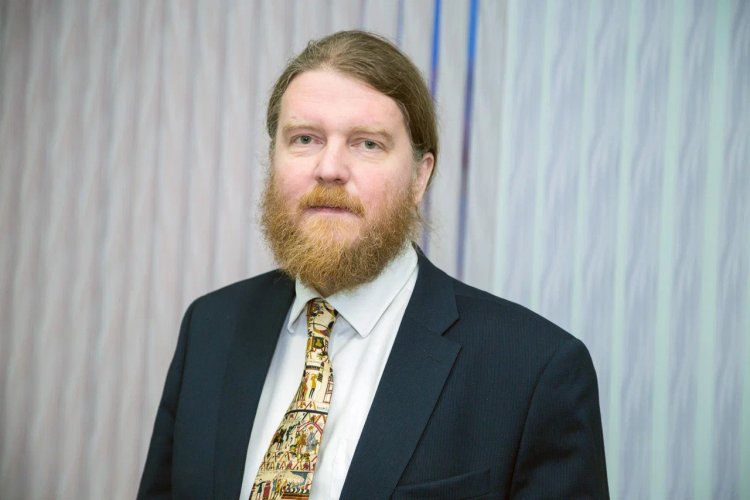Sergey Krivovichev – Academician of the Russian Academy of Sciences, professor, Doctor of Geological and Mineralogical Sciences, specialty “Mineralogy. Crystallography”. Specialist in the field of crystal chemistry and mineralogy, author of more than 800 scientific papers, including 12 monographs. He deciphered the crystal structures of more than 150 minerals from deposits in Russia and foreign countries, co-author of the discovery of more than 90 new mineral species. S.V. Krivovichev developed the theory of minerals and compounds with complexes of anion-centered tetrahedra as a new branch of structural mineralogy and inorganic crystal chemistry. A theory of the structural complexity of minerals and inorganic compounds has been developed and prospects for its use have been shown to interpret the entropic processes of crystallization and transformation of matter in mineral and synthetic systems. The transformations of feldspathic structures at high pressures have been studied and a crystal chemical systematics of high-pressure silicates has been developed. Since 2017 S.V. Krivovichev heads the Kola Scientific Center of the Russian Academy of Sciences, the oldest regional organization of the Russian Academy of Sciences, one of its most important scientific centers and the only federal research center in Russia that is located beyond the Arctic Circle.
Area of scientific interests: structural mineralogy and crystal chemistry of minerals and inorganic compounds; minerals of the Russian Arctic; mineralogical materials science; X-ray diffraction analysis of minerals and inorganic compounds.
Session
-
Oil, gas and mining complexes
The oil and gas and mining complexes play an important role in the Russian economy. The trend towards digitalization of these areas opens up enormous prospects in the context of data science. Working with such increasing volumes of data will allow us to obtain new knowledge about the structure and processes occurring in the fields. Modeling and predictive analytics, including using Big Data technologies, will help identify new dependencies that trigger subsequent optimization cycles.

